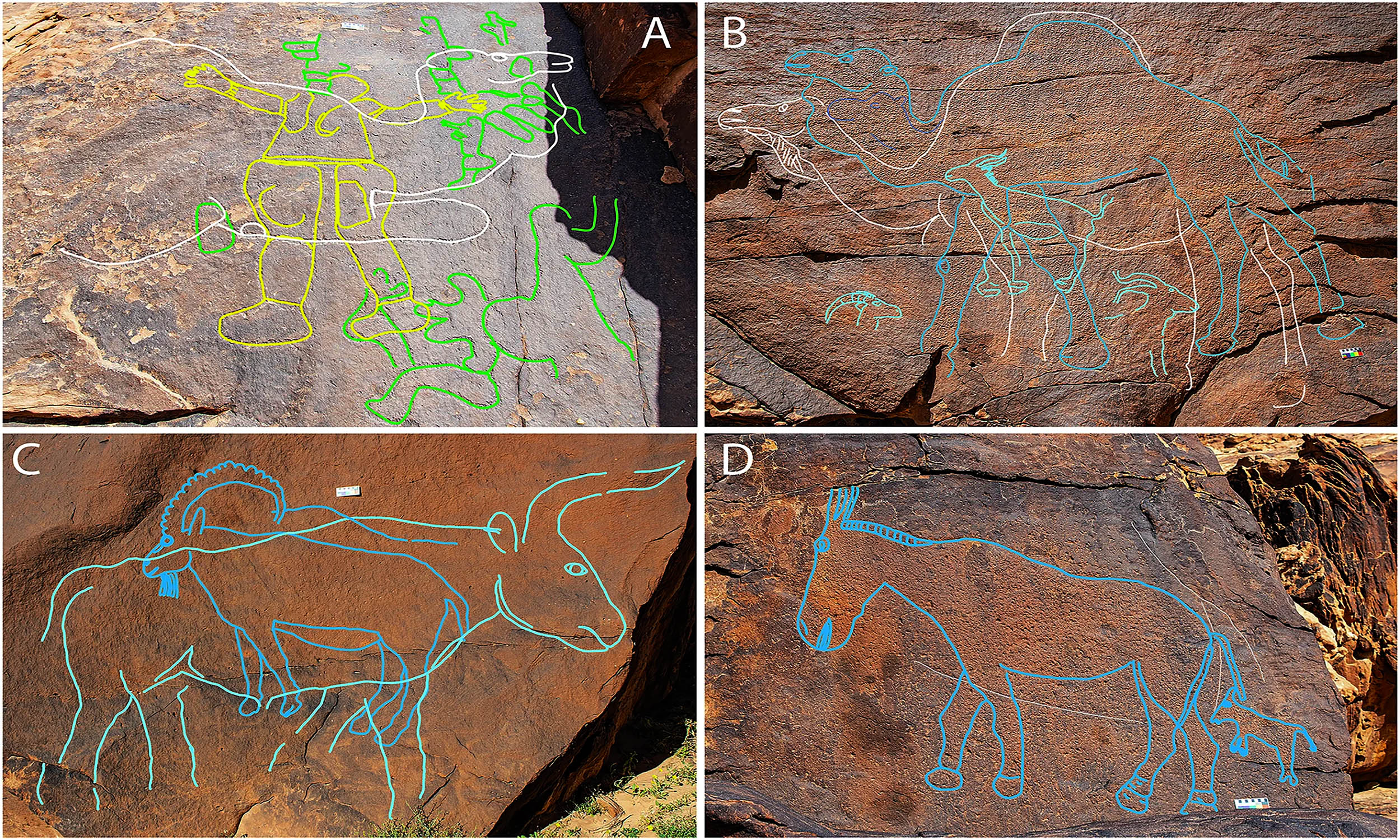With foreign aid drying up, UNDP’s crisis bureau director Shoko Noda calls for earlier development action and closer cooperation with Geneva’s humanitarian actors.
After billions in foreign aid…

With foreign aid drying up, UNDP’s crisis bureau director Shoko Noda calls for earlier development action and closer cooperation with Geneva’s humanitarian actors.
After billions in foreign aid…

With foreign aid drying up, UNDP’s crisis bureau director Shoko Noda calls for earlier development action and closer cooperation with Geneva’s humanitarian actors.
After billions in foreign aid…

Apple’s Foldable Ambitions: Navigating the Crease Conundrum in iPhone Innovation
Apple Inc. has long been synonymous with sleek, seamless design, but its rumored entry into the foldable smartphone market is testing the limits of that…

In an update on the Marburg Virus Disease (MVD) outbreak in Ethiopia, the Ministry of Health reports no new confirmed MVD cases on December 21, 2025, continuing a trend of containment for at leasst a week in the country’s first such outbreak…

As northern Arabia emerged from the bone-dry chill of the Last Glacial Maximum, people moved back into the desert’s interior – following the return of seasonal water.
On towering cliffs and open rock faces, they left something unforgettable:…